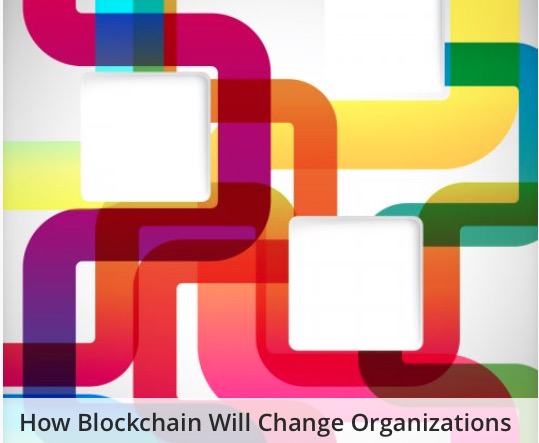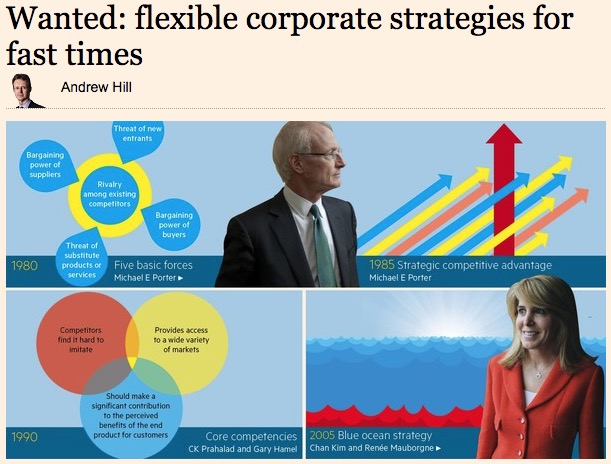Chapter 3 of The Escher Cycle describes how
“it no longer makes sense to think of “inside” or “outside” the business — they do not exist. The business is not choosing whether to carry out each process inside or outside itself. It is choosing between different forms of contractual agreement as the best way to achieve the levels of value and cost that are needed: with employees or with suppliers.”
Customers are just as much a part of the business model as employees and shareholders.
Companies like Airbnb and Uber have shown how to put this thinking into practice. These businesses provide a platform that people can use to sometimes play the role of customer, sometimes employee.
Now this article in the Sloan Management Review describes how blockchain technology will again transform the way businesses are organised and managed, blurring the distincion between ‘inside’ and ‘outside’ still further.
Not only does the blockchain enable parties to transfer information — something that has already been made much easier by the Internet — but because the blockchain is distributed, public, and encrypted, parties will find it easier to establish trust, thereby making it possible to do transactions that would otherwise have been too risky.
“It allows companies to eliminate transaction costs and use resources on the outside as easily as resources on the inside.”
Under this vision, the ‘inside’ of the business could shrink to become only the ability to formulate a series of contracts with different ‘external’ parties to carry out different roles. “If you carry out this action or create this result by this date I will pay you this amount on this date, and the outcome will be recorded on the blockchain for all to see in future.” The more standardised or commodified the activity, the easier it is to contract with someone ‘outside’ the business to do it.
And as this second article shows, IBM is positioning itself as “the go-to business blockchain.”





